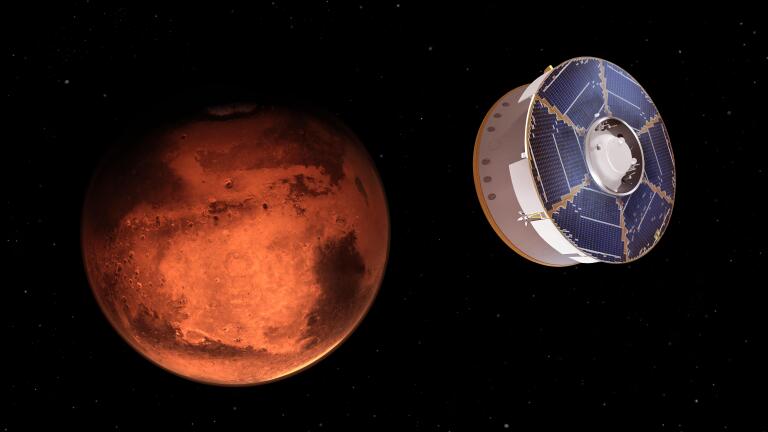Back to Show
NOVA
Using Science to Achieve Invisibility
How do we see objects? By intercepting waves of light bouncing off of them and into our eyes, each reflected at a different angle. One way to achieve invisibility is to bend the paths of light using lenses, mirrors, or metamaterials with unique reflective properties. There are a lot of problems still to be solved—and valuable applications awaiting those who succeed.
Sign up now for inspiring and thought-provoking media delivered straight to your inbox.
Support Provided By

Unlock with PBS Passport
53:28
Take a tasty look at insect foods that could benefit our health and our warming planet.

53:28
Join the hunt for the universe’s most common—yet most elusive and baffling—particle.

53:36
As state-legalized cannabis spreads, NOVA explores its little-known risks and benefits.

53:13
A revealing new investigation of one of history’s most iconic aviation disasters.

54:06
Scientists race to help corals adapt to warming oceans through assisted evolution.

53:46
NASA launches its most ambitious search yet for traces of ancient life on Mars.

53:32
Discover the fascinating chemistry that makes our world and everything in it—including us.

53:30
Discover the fascinating chemistry that makes our world and everything in it—including us.

53:31
Discover the fascinating chemistry that makes our world and everything in it—including us.

53:31
Scientists look to geoengineering and other methods to cool the planet.

Unlock with PBS Passport
1:33:41
We can now edit the human genome with a tool called CRISPR. But how far should we go?

53:21
Can bringing predators—and fear—back into an ecosystem help restore its natural balance?











